Bantam Chickens – Keeping and CareOwning your own chickens right in your own backyard no longer needs to be just a dream. Even if you have a small yard you can still get fresh eggs every day. Bantam chickens are small and compact and do well in a small urban backyard. Bantams are smaller than your standard chickens. In general you can keep up to 3 bantam chickens in the space you would keep one normal chicken without them getting stressed from lack of space.
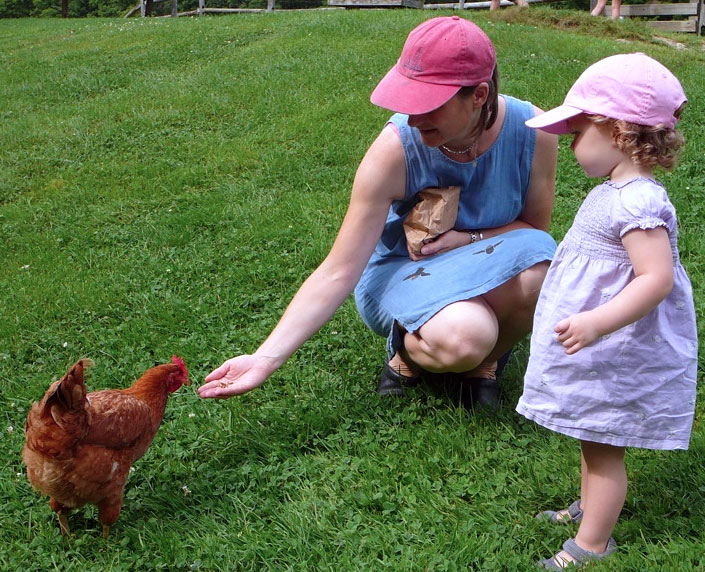
Just because you can put more bantams in to a space, doesn’t mean you should though. Chickens are usually happier with a bit more space. Bantams are usually quite friendly, although the roosters can be quite feisty in defence of the hens. They eat less, as well as not needing a huge amount of space.
The eggs produced by bantams are a little smaller than those produced by standard or large breed chickens but they are just as nutritious. Now that you know you can fit a few bantams in your backyard, you still need to make sure you can provide all the other requirements to keep them happily producing eggs for your breakfast.
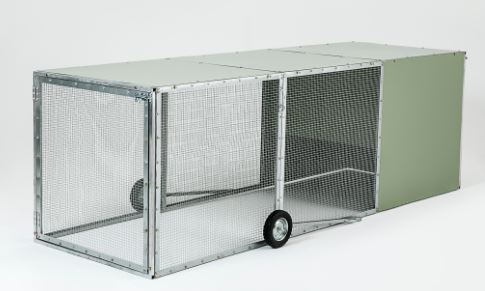
Housing your bantams
It is important that you have a chicken tractor or a safe, sturdy coop set up for your bantam chickens. The coop must have a nesting area for laying eggs and must be able to provide shelter from predators and the elements. Perhaps take a look at a small or standard chicken tractor if you don’t have a large garden as they can be moved around to fertilize the garden while keep the insects at bay and manicuring the greenery. With the smaller chickens, you won’t have to move it as often, just make sure you do before the plant life underneath starts going brown.
If you have a fixed coop, it must be well ventilated but allow the chickens to stay warm in winter while being able to enjoy shade and cooler air in summer. Any fixed coop should be made with strong, galvanised wire mesh with small gaps to prevent baby chicks getting out if you breed in the coop but specially to prevent rodents and small predators getting it. It is recommended to have a solid floor or wire mesh on the bottom of the cage as well to prevent digging predators from being able to get in to the coop. You should also have a lock which closes properly to prevent accidental escapes or that might allow a larger predator to get it open.
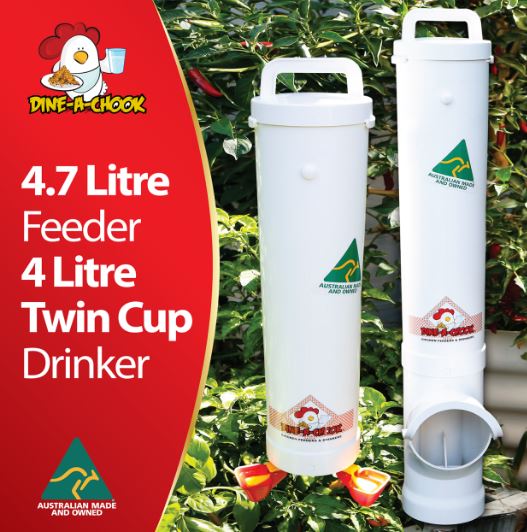
Feeding your chickens
Although you will be feeding a smaller amount due to the size of the chickens, you still need to ensure they get all the nutrition they need. They need to be fed a good quality poultry pellet as well as fresh fruits and vegetables. Some of their favourites include strawberries, watermelon, spinach, pumpkin, silver beet and Chinese cabbage. Avoid citrus fruits, avocado, chocolate, garlic, onion, rhubarb, uncooked rice and lawnmower clippings.
They also need to have fresh water available every day. Chickens will not become fat if they are allowed to be active and are not overfed on treats. Chickens also enjoy other human foods such as oats, unsweetened yoghurt, eggs and bread, but only offer these as a treat now and then if you have left overs. Another addition to their feeding is grit, which you can buy from your local feed store. This helps replenish calcium lost in egg laying to keep your chickens healthy and your egg shells nice and strong.
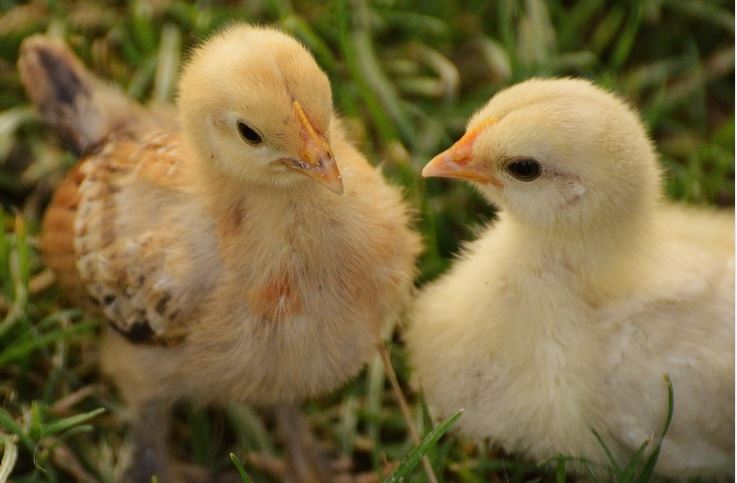
Purchasing your chickens
You can purchase chickens that are point-of-lay if you don’t want to go through the process of growing them up yourself, but doing this can often be fun for you and your children. You can purchase 1-day old chicks and raise them up over a few weeks. This helps reduce skittishness and you get to watch them grow.
Baby chicks should be vaccinated against Marek’s disease as a minimum, but other recommended vaccinations include Newcastle disease, fowl pox, infectious bronchitis and laryngotracheitis. Make sure you have all the requirements for raising chicks from day old to the point of being able to release them in to your coop before you purchase.
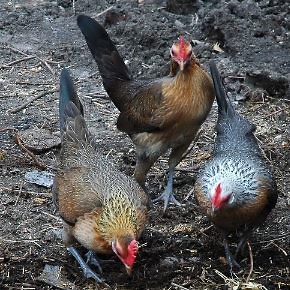
How many chickens is enough?
When it comes to chickens you need a minimum of three or four as they are social and like to hang out in groups. Chickens kept on their own are likely to be quite unhappy birds in general. In most areas you will probably be restricted to a maximum of 10 chickens in a residential area. It may be very tempting to add to your flock when you fall in love with these interesting creatures. Resist the temptation as overcrowding makes for unhappy chickens and no eggs.
Free ranging
If you are able to let your chickens run free in safety during the day, they will keep your garden pest free while fertilizing it at the same time. They will need a safe roost to sleep in at night though. Chickens are also quite cheap to keep as pets as their nutritional needs are quite standard and they don’t need a lot of supplements to stay healthy. If you factor in your savings on egg purchases, they are an environmentally friendly pest control and organic fertilizer that barely costs you a thing. All they need besides the basics is a little love.
Free therapy
Chickens make good therapists as well. You can go and tell them anything and they are guaranteed not to share your secrets with anyone else. Bantams are a good choice for people just starting up with chickens as they are small enough to handle easy, can give a good cuddle and are perfect for the smaller yard.
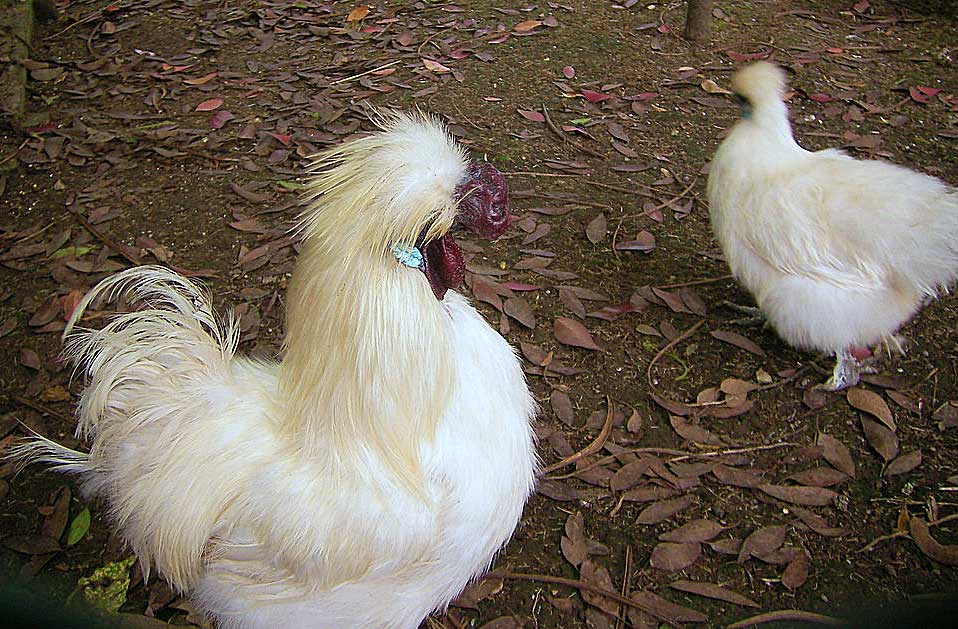
Types of bantams
There are two types of bantam chickens. Some of them are just smaller versions of the standard chickens. Then there are those that do not have larger sized counterparts. Some of the ones that are known as being good egg layers include Leghorn bantams, Australorp bantams and Rhode Island Red Bantams which look just like the normal ones, only smaller. Silkie bantams are really cute and make great pets. If you want true bantams and not just smaller chickens, you can also look at Barbu d’Uccles aka Mille Fleurs, Dutch bantams, Pekin bantams or Sebrights.
Whichever you choose, you will love having some of these smaller chickens clucking around in your garden, bringing you joy along with your daily eggs.


